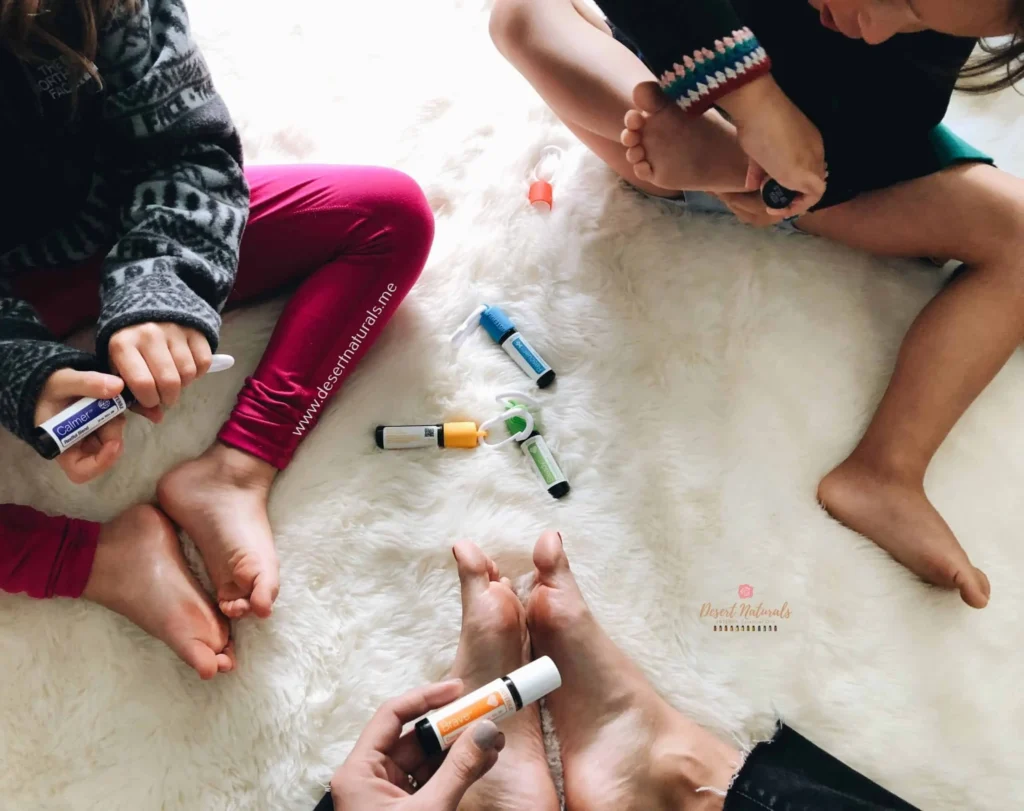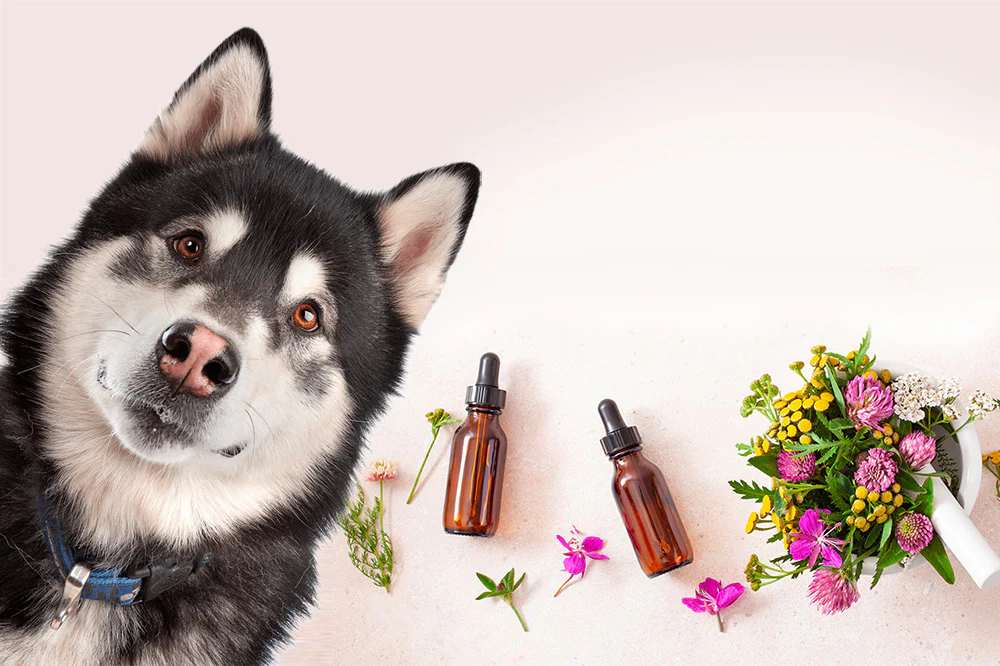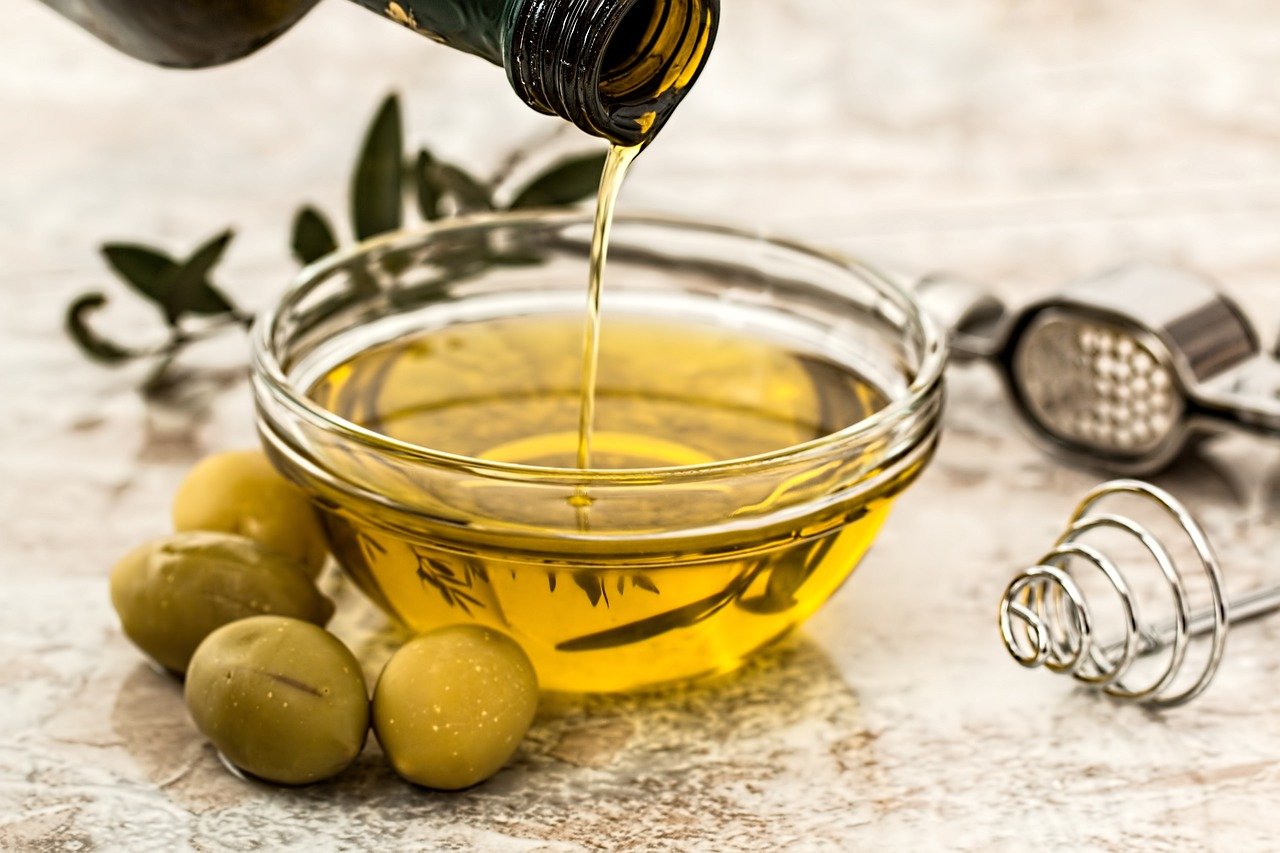Essential oils have grown in popularity due to their natural healing properties, but when it comes to children and pets, safety becomes a critical concern. While these oils offer numerous benefits, they can pose risks if used improperly, especially for sensitive individuals like kids and animals. Understanding the proper usage, dosages, and precautions ensures that you can enjoy the benefits of essential oils while keeping your family and pets safe.
In this article, we’ll explore essential oil safety guidelines specifically for kids and pets, highlighting child-safe and pet-safe essential oils, along with practical tips for safe use.
Read Also:
- Natural Solutions for Insomnia and Sleep Disorders
- Safe Use of Essential Oils for Kids and Pets
- Top Essential Oils for Balancing Hormones Naturally
- How Essential Oils Improve Gut Health and Digestion
- Eco-Friendly Cleaning with Essential Oils
- The Essential Guide: How Essential Oils Boost Immunity and Strengthen the Immune System
- The Ultimate Guide on How to Use Essential Oils for Better Sleep
Understanding the Risks of Essential Oils for Kids and Pets
Why Special Care is Needed
Children and pets are more sensitive to the potent compounds in essential oils than adults. Their skin, respiratory systems, and overall body chemistry can react differently to oils, making them more susceptible to adverse reactions. For example, certain oils that are safe for adults, like peppermint or eucalyptus, may cause skin irritation, breathing issues, or even toxicity in young children and animals.
Furthermore, pets, particularly cats and dogs, metabolize essential oils differently than humans. Cats, for example, lack certain enzymes in their liver to process specific oils, leading to potential toxicity. Understanding the unique physiology of both children and pets is crucial for ensuring their safety.
Common Reactions and How to Avoid Them
- Skin Irritation: Both kids and pets have delicate skin that can easily be irritated by undiluted essential oils. Always dilute essential oils before applying them to their skin. For children, a 0.5-1% dilution (1 drop of essential oil per teaspoon of carrier oil) is usually recommended.
- Respiratory Issues: Strong scents can overwhelm sensitive respiratory systems. Avoid diffusing oils in enclosed spaces, especially around infants, asthmatic children, or pets with breathing difficulties.
- Ingestion Toxicity: Many essential oils are toxic if ingested, especially for pets. Dogs and cats might accidentally lick oils off their fur or paws, so avoid applying oils near their faces, paws, or areas they can easily lick.
Safe Essential Oils for Kids

Child-Safe Essential Oils
When using essential oils for children, it’s important to stick to gentle, kid-safe options. Some of the most recommended oils for children include:
- Lavender Oil: Known for its calming properties, lavender is one of the safest essential oils for children. It can help with relaxation, sleep, and mild skin irritations when properly diluted.
- Chamomile Oil: Roman chamomile is a gentle oil that is soothing for both the skin and emotions. It’s great for calming fussy children or helping with bedtime routines.
- Tea Tree Oil: This oil is widely used for its antiseptic properties and can help treat minor cuts and insect bites. However, be cautious with the dosage as it can be too strong in concentrated amounts.
- Frankincense Oil: Known for its grounding and balancing effects, frankincense can be safely used with children when properly diluted. It’s often used for calming and reducing stress.
For more on using essential oils to improve sleep in children, check out this guide on essential oils for better sleep.
Age-Appropriate Guidelines for Children
Not all essential oils are safe for every age group. Babies under three months should generally avoid essential oils altogether, as their skin and respiratory systems are too sensitive.
- 0-6 months: Stick to hydrosols or heavily diluted lavender or chamomile oil. Avoid direct skin contact, and only diffuse for short periods.
- 6-24 months: Oils like lavender, frankincense, and chamomile can be used with proper dilution (0.5-1%). Do not use oils like peppermint or eucalyptus, as they can cause respiratory distress.
- 2-6 years: This age group can tolerate a wider range of oils, such as tea tree, sweet orange, and lemon. Always ensure proper dilution (1%).
Pet-Safe Essential Oils
Safe Essential Oils for Dogs
Dogs are more tolerant of essential oils than cats, but still require careful selection and dilution. Some pet-safe essential oils for dogs include:
- Lavender Oil: Just like with children, lavender oil is calming and safe for dogs. It can be used to reduce anxiety, especially during stressful situations like thunderstorms or fireworks.
- Chamomile Oil: Chamomile is a gentle oil that can soothe both the skin and emotions of dogs. It’s effective for calming nervous dogs or treating minor skin irritations.
- Frankincense Oil: Frankincense can help dogs with anxiety and also supports healthy joints, making it a great option for aging pets.
- Cedarwood Oil: Known for its insect-repelling properties, cedarwood oil is safe for dogs when properly diluted and can help repel fleas and ticks.
Safe Essential Oils for Cats
Cats are more sensitive to essential oils due to their unique liver metabolism. Many oils that are safe for dogs are toxic to cats, so special care is needed. Safe essential oils for cats include:
- Frankincense Oil: This oil is one of the few that is safe for cats when used in moderation. It can help reduce stress and anxiety in cats.
- Cedarwood Oil: This is also safe for cats and can be used to help repel insects like fleas. However, always dilute and never apply directly to a cat’s skin.
- Copaiba Oil: This oil is considered one of the safest for cats and can help with skin irritations or mild respiratory issues. Its gentle nature makes it a good choice for calming anxious cats.
For more on how essential oils affect the emotional health of pets, check out this article on the limbic system and essential oils.
Essential Oil Safety Guidelines for Pets

How to Use Essential Oils Safely Around Pets
When using essential oils around pets, it’s crucial to follow these guidelines:
- Dilution is Key: Always dilute essential oils with a carrier oil like coconut or jojoba oil before applying them to pets. A safe ratio for pets is typically 1 drop of essential oil per 50 drops of carrier oil.
- Avoid Sensitive Areas: Never apply essential oils near your pet’s eyes, ears, nose, or genitals. For dogs, the safest places to apply oils are the back and shoulders, while for cats, it’s best to avoid direct application altogether.
- Diffusion Caution: If you’re diffusing oils around pets, make sure the room is well-ventilated, and your pet can leave the area if they feel uncomfortable. Some pets are more sensitive to strong scents than others, so observe their behavior closely when diffusing oils.
- Monitor for Reactions: Watch for any signs of discomfort in your pet, such as excessive drooling, lethargy, or agitation. If you notice these signs, stop using the oil and consult a vet.
Oils to Avoid for Pets
Certain oils are toxic to both dogs and cats, and should be avoided altogether. These include:
- Tea Tree Oil (toxic for both)
- Peppermint Oil (causes respiratory issues)
- Citrus Oils (especially harmful to cats)
- Eucalyptus Oil (toxic for both)
Always consult a veterinarian before introducing new essential oils into your pet’s environment.
Conclusion
Using essential oils for children and pets can offer numerous benefits, from calming anxiety to treating minor skin issues. However, safety should always be a top priority. By choosing child-safe and pet-safe essential oils, properly diluting them, and following the correct application methods, you can enjoy the therapeutic effects of essential oils while ensuring the well-being of your loved ones.
If you’re looking to integrate essential oils into your home for sleep and stress relief, explore these related articles for more guidance on essential oil use.

















